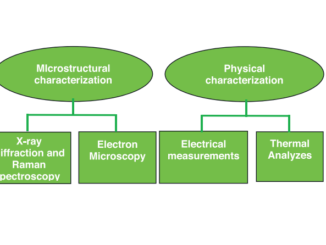
Effect of nanometric β-calcium glycerophosphate supplementation in conventional toothpaste on enamel demineralization: An in vitro study
Abstract: The aim of this study was to evaluate the effects of supplementing toothpastes containing 1100 ppm F with micrometric or nanometric [beta]-calcium glycerophosphate (β-CaGPm/β-CaGPn) on artificial enamel demineralization, using a pH cycling model. Bovine enamel blocks (4 mm × 4 mm, n = 120) selected using initial surface hardness were randomly allocated to ten toothpaste groups (n = 12): without fluoride or β-CaGPm or β-CaGPn (Negative control), 1100 ppm F (1100 F), and 1100 ppm F plus 0.125%, 0.25%, 0.5%, and 1.0% of β-CaGPm or β-CaGPn. Blocks were treated two times per day with toothpaste slurry and subjected to five pH cycles (demineralizing and remineralizing solutions) at 37 °C. The final surface hardness, percentage of surface hardness loss (%SH), cross-sectional hardness (ΔKHN), and profile analysis and lesion depth subsurface were analysed using polarized light microscopy (PLM). Fluoride (F), calcium (Ca), and phosphorus (P) concentrations were also measured. Data were analysed using ANOVA and Student-Newman-Keuls tests ([alpha] = 0.001). Blocks treated with 1100 F toothpaste containing 0.5%β-CaGPm or 0.25%β-CaGPn showed with reduced %SH values when compared with those treated with 1100 F alone (p < 0.001). Reduced lesion depths (ΔKHN and PLM) were observed for the slurry made up of 1100 F and 0.25%β-CaGPn (p < 0.001). The addition of β-CaGPm and β-CaGPn did not influence the enamel F concentration, with the 1100 F/0.25%β-CaGPn group exhibiting the highest Ca and P enamel concentrations (p < 0.001). Based on the findings of this in vitro study, we can conclude that the fluoride toothpaste produced a superior effect when combined at an appropriate β-CaGP molar ratio. This effect was achieved with a lower proportion of β-CaGP in the form of nanometric particles.
Author(s): Nayara Gonçalves Emerenciano, Alberto Carlos Botazzo Delbem, Francyenne Maira Castro Gonçalves, Emerson Rodrigues de Camargo, Francisco Nunes de Souza Neto, Luiz Fernando Gorup, Yara Teresinha Corrêa Silva-Sousa, Marcelle Danelon
Journal of the Mechanical Behavior of Biomedical Materials
Published: March 2024, Volume 151, 106354
DOI: https://doi.org/10.1016/j.jmbbm.2023.106354
CDMF
The CDMF, hosted at the Federal University of São Carlos (UFSCar), is one of the Research, Innovation and Dissemination Centers (RIDC) supported by the São Paulo State Research Support Foundation (Fapesp), and also receives investment from the National Council Scientific and Technological Development (CNPq), from the National Institute of Science and Technology of Materials in Nanotechnology (INCTMN).




